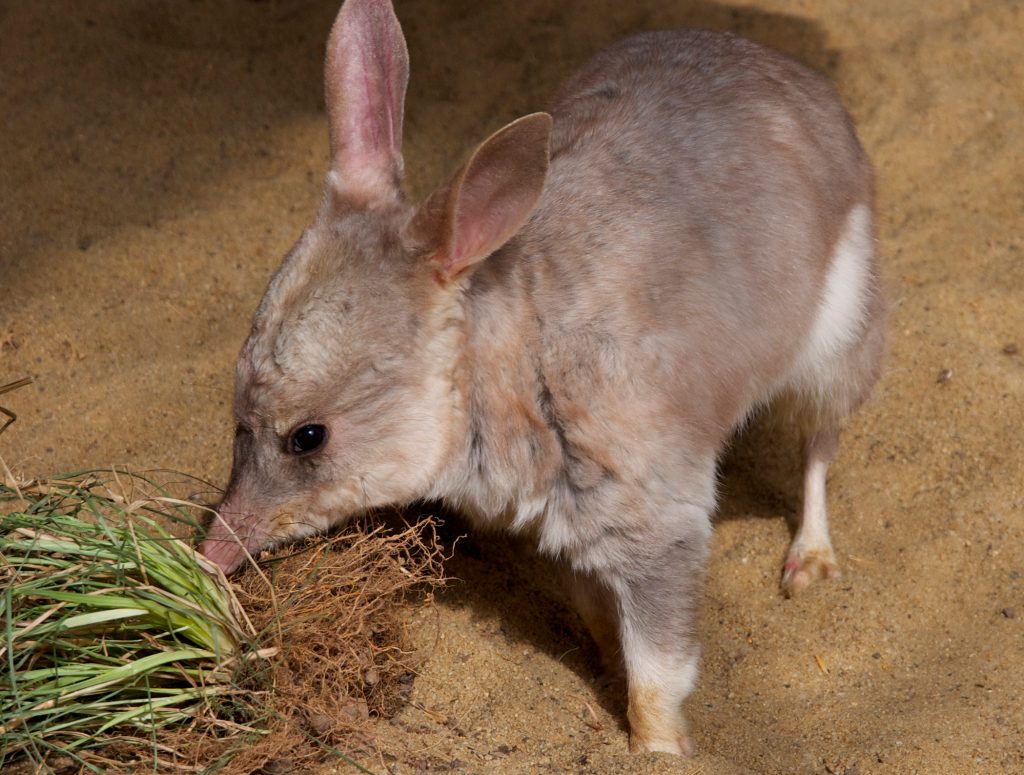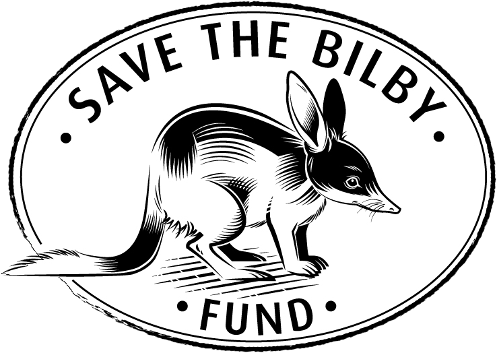
Bilby droppings used to measure stress levels
Bilby droppings are being used by scientists who have pioneered a new technique to measure stress levels of the endangered marsupial.
A study published in the European Journal of Wildlife Research found levels of the stress hormone cortisol in bilbies in captive breeding programs were encouragingly low.
Bilbies are currently listed as endangered in Queensland, with fewer than 500 of the animals estimated to remain in the wild.
Queensland’s Griffith University Professor Jean-Marc Hero said the results were promising.
“The exciting news that we’ve found is that stress hormones are very low in captive populations,” he said.
“They’re a little bit higher in semi-wild captive populations and they’re even higher in areas where the bilbies have been re-released in the wild.
“It’s a great sign – it means that our animals are breeding well – they are relaxed – they’re doing what we need them to do so we can get them back into the wild.”
Professor Hero said the testing process of the droppings was less than glamorous.
“We bring the poo samples or the scat samples back from the wild keep them in the freezer, we then need to dry them out, grind them up, then we examine them,” he said.
Previously researchers had to catch bilbies to test their stress levels, which Professor Hero said had obvious drawbacks.
“[The new technique] is much easier than catching the animal, stressing it out taking a blood sample and then saying ‘oh well, it has high stress levels’, which is expected when you catch an animal,” he said.
Al Mucci, from Dreamworld’s bilby breeding program, said it was important captive bilbies were prepared for life in the bush.
“We want to make sure that we give them a little bit of stress, because out in the wild they are going to be finding their own food and foraging and doing all the things bilbies have to do out in the wild,” he said.
“At the moment we are in breeding mode, so we are building up the captive population because hopefully next year we will be releasing some back into the wild.”
Dreamworld’s breeding bilbies will be released in western Queensland at a specially designed 29 square kilometre fenced habitat in the Currawinya National Park on the state’s south-west border.
Mr Mucci said the enclosure was designed to keep out feral cats.
“They can breed like rabbits so to speak, so breeding them isn’t the issue – the biggest threat to bilbies out in the wild is feral animals,” he said.
“It’s a crying shame we’ve allowed this animal to reach such critical numbers.”
Professor Hero said wild bilbies had been pushed into extreme desert conditions.
“It certainly looks very grim with the condition of the environment at the moment after two years of good rains, cat populations are very high,” he said.
The next step for researchers was to measure the levels of cortisol in completely wild bilbies in far-west Queensland to see how they compare to the newly released animals.
